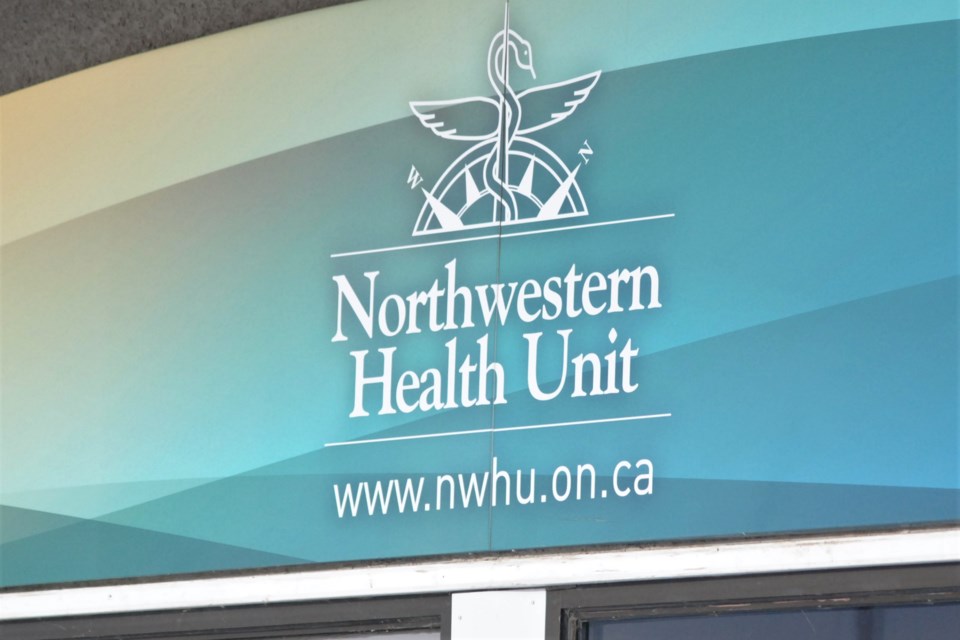According to the Northwestern Health Unit’s (NWHU) 2023 Food Insecurity Report, 21.3 per cent of Kenora-Rainy River district households face food insecurity.
This is higher than the province, which sits at 18.7 per cent, and the entire Northwest region at 19.2 per cent.
However, public health dietician Zoe Brenner notes the number in the Kenora-Rainy River district could be much higher, because the report does not take into account the unhoused, anyone who is institutionalized or 41 First Nations communities within the Northwestern Health Unit's catchment region.
“As it stands it's one in five households, it's likely much more than that,” said Brenner.
She points out that 21.3 per cent of food-insecure homes are strictly people living within a municipality and working.
Brenner explained: “It's very prevalent in our region as we continue to see the cost of living increase especially exponentially in the last couple of years and has outpaced incomes over time where we're seeing it expedite in the last few years.”
Surveying 11 grocery stores across the main municipalities in the Kenora-Rainy River district, Brenner found the average cost to feed a family of four is $326.17 per week, which comes to $1,412.32 per month.
The report also stated the median household income in Ontario is $9,290 per month. With a median average of $2,062 minus the cost of food monthly, the average household is left with $5,816 for all other monthly expenses.
The most alarming statistic in the report is 48.2 per cent of all food-insecure households rely on one income.
Brenner stated Ontario’s minimum wage has failed to keep pace with increasing inflation. Because of this gap between the cost of living and the minimum wage, wage earners are at higher risk of food insecurity.
In 2023, Ontario Living Wage Network calculated the living wage for Northern Ontario should be $19.80/hour. In 2024, minimum wage earners fall short of the cost of living by $3.25.
Brenner said the report is “not about people not having the food skills or budgeting or placing blame that they're suffering food insecurity.”
She acknowledged that the report is an example of the “bigger economic picture.” Food insecurity is heavily tied to the lack of income.
“There's a lot of strong evidence in Canada that to improve food insecurity, people need more income. So, that's increasing social assistance rates, higher minimum wage, creating more stable jobs and benefits,” said Brenner.
Although NWHU provides this report to aid decision-makers with an evidence-based outlook on the health concerns in the district, the report also provides the public with a real view of the social stigma behind food insecurity.
“I think because the term food insecurity has the word food in it, we sometimes get caught up in just that food piece," Brenner said.
"But really when we look at food insecurity, yes, it's a lack of food because of financial constraints, but it's also really an indicator that somebody is having to compromise their basic needs because of their financial circumstances.
“So that could also be compromised in keeping up with their medications or transportation or clothing or all of these other pieces of our day to day lives and expenses that are getting compromised as well that contribute to health and well-being. Even with the cost of housing and rent going up, that's why we share a lot of those income scenarios in the report as well. It just kind of paints the picture that sometimes people are in positions to either feed themselves or just put a roof over their heads.”
Brenner also noted that despite the strain in recent years of local food banks running low on stock, the social stigma of accessing food banks is still prevalent.
"Another point that comes up often is food banks and food charity. They are working so hard, especially in recent years. We're seeing lots in the news about how strained those programs are, and they simply aren't enough to address food insecurity on their own.
“Stats across Canada show that only about 20 per cent of people experiencing food insecurity don’t even access food banks in the first place. Whether that's due to transportation gaps in accessing them physically or working-hour conflicts or simply just the stigma that people often feel about accessing those services. And again, just bringing it back, it is really about inadequate incomes and incomes not keeping pace with the increased cost of living across Canada.”
Combating food insecurity is an individual problem, but a greater social and political concern. From the municipal level of government to the federal, the report highlights that the Kenora-Rainy River district needs policymakers to consider subsidized daycare programs or subsidized child support programs, and the creation of affordable housing infrastructure.
The report can “help people access the benefits that they're eligible for. They’re this spectrum of income-based responses to food insecurity that's supported in the research,” said Brenner.
